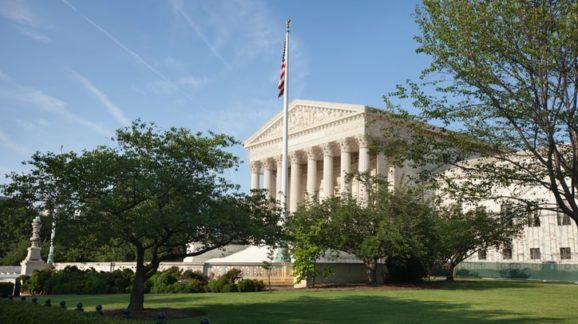Anticipating post-Chevron federal power moves

In a series of landmark rulings just before Independence Day (SEC v. Jarkesy, Loper Bright Enterprises v. Raimondo, and Corner Post, Inc. v. Board of Governors of the Federal Reserve), the Supreme Court delivered blows to unchecked federal administrative agency powers, sparking both celebration and concern.
The end of the Chevron doctrine
Notable among these rulings, Loper Bright Enterprises v. Raimondo overruled Chevron deference, a doctrine that had long bolstered agency authority by requiring courts to defer to agency interpretations of ambiguous statutes. This decision, emphasizing separation of powers, signifies a pivotal restoration of judicial oversight over regulatory agencies, However, its implications are nuanced and require an open-eyed appreciation of federal power dynamics.
Workarounds by the pro-regulatory cohort
Despite the Supreme Court’s recent rulings curtailing agency powers, progressive lawmakers continue to wield extraordinary influence through strategic legislative maneuvers and expansive executive actions. Laws like the CARES Act, American Rescue Plan, and Infrastructure Investment and Jobs Act exemplify this trend, blending voluminous and strategic spending with regulatory directives to achieve broad policy objectives. Such legislative efforts circumvent the kind of limitations imposed by Loper‘s rollback of Chevron deference and represent new incarnations of a persistent strategy to consolidate federal authority.
Moreover, the left’s adept use of public-private partnerships and regulatory alliances further amplifies their regulatory agenda. By leveraging subsidies, grants, and intricate contracting rules, agencies extend their reach beyond traditional rulemaking processes, facilitating swift implementation of progressive policies. Additionally, agencies increasingly rely on guidance documents, memoranda, notices, and circulars—outside the notice-and-comment rulemaking process—to shape policy. This reliance on regulatory dark matter ensures that agencies can maintain substantial control and influence without facing the level of judicial scrutiny that their notice-and-comment rules might receive.
While the judicial constraints on agency discretion mark significant milestones, the resilience and persistence of the progressive project assure us that the battle over the scope and limits of federal power is only entering new phase. Effective opposition to these trends demands not only legal victories but also strategic advocacy for policies that uphold constitutional principles and promote decentralized governance.
Fundamental reassessment
Proponents of limited government must go beyond celebrating Loper‘s anticipated restraints on the pace of rulemaking and challenge other prevailing assumptions that underpin administrative state legitimacy, such the presumption of agency expertise and specialized knowledge articulated in dissenting opinions and retained in elements of the majority decision. Also necessary is greater scrutiny of the agency sub-regulatory guidance documents likely to assume greater prominence. Legislative proposals such as the Guidance Out of Darkness Act are prominent options here.
Most important to address, however, is Congress’s own assumptions of power via sweeping legislation that is highly regulatory in nature. While the Chevron doctrine may be dead, the enumerated powers doctrine is, unfortunately, deader. The problem is less agency interpretation of ambiguous statues, than the plain meaning of unambiguous ones.
Conclusion
The demise of Chevron deference marks a significant victory for proponents of constitutional checks and balances. However, the left’s ability to navigate legislative and regulatory channels remains strong, necessitating vigilance and strategic action to uphold the principles of limited government and restore the primacy of enumerated powers that Loper is not enough to restore.
For more, see “A Deep State Guide to Post-Chevron Regulating,” Forbes.